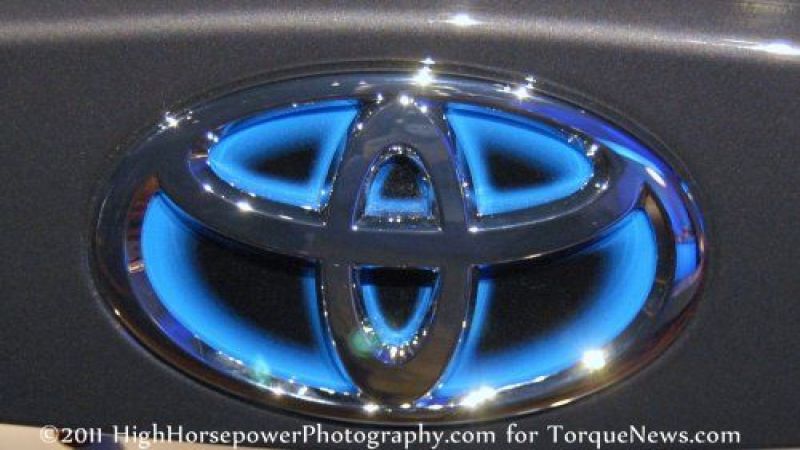Typhoon Roke has been unleashing its fury on Japan over the past 24 hours, dumping over 16 inches of rain while winds reaching speeds of 130 miles per hour ripped across the country. This storm has knocked out power to over a half million households and with Typhoon Roke already claiming 4 lives, Toyota has joined Nissan and Mitsubishi in shuttering plants to help ensure that workers can be with their families as hundreds of thousands are forced to evacuate their homes.
In addition to the mass power outages which are slowing the capabilities of the 11 shuttered Toyota plants, the Typhoon Roke has forced commuter trains and other forms of public transportation to park their vehicles so it has also gotten very difficult for many commuters to get to and from their jobs. These 11 Toyota plants were open as usual on Wednesday morning as they braved the storm and power outages but with the storm intensifying, Toyota has cancelled the evening production shifts. The company will make up for the lost production during this storm-forced downtime in subsequent shifts – although no idea has been given as to how big of an impact this downtime will have on production schedules.
The bigger concern with Typhoon Roke is that the massive storm is slowly making its way towards the same Fukushima Daiichi nuclear power plant that was badly damaged by the tsunami and earthquake that battered Japan in March. Tokyo Electric, who owns the Fukushima nuclear plant, stated that there has been no additional damage to the nuclear facility but the plant management is concern about the rising levels of radioactive water in the turbine buildings. When the nuclear meltdown occurred in March, large amounts of water were forced into the buildings to help cool down the reactors and as rain continues to pound the country, those buildings are continuing to see water levels rise. Should there be enough rain, the radioactive water could overflow – contaminating ground and sea water. Adding insult to injury, the nuclear plant was hit by a 5.3 magnitude earthquake although no further damage has been reported.
Depending on how much damage Roke does before fading out, it will be interesting to see if Toyota, Mitsubishi and Nissan can get right back to business. The high number of downed power lines and stoppages to public transportation could be enough to prevent the plants from getting back to production if there is no power – and employees cannot get to work.
Other Toyota News:
The Toyota FT-86ii Concept shows up at Frankfurt with little change
Lexus confirms LFA record 'Ring lap time of 7:14.64 with video
The 2012 Toyota Camry Hybrid named NADA car of the month
No imported 2012 Toyota Camry sedans for the US
Source: Reuters











